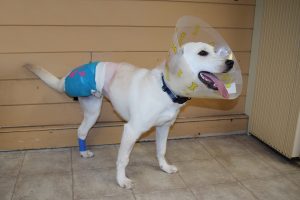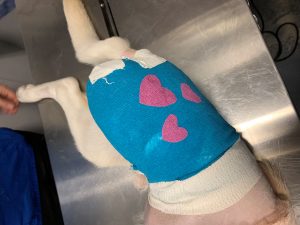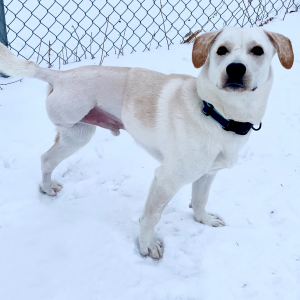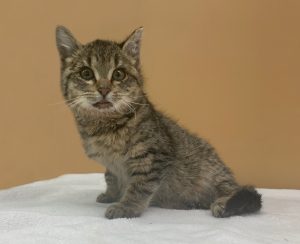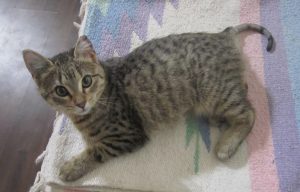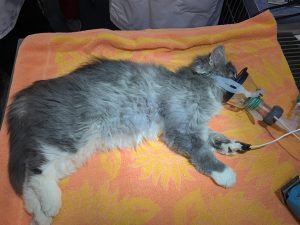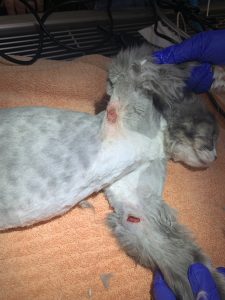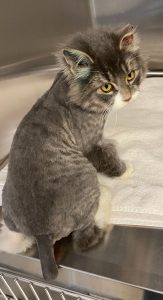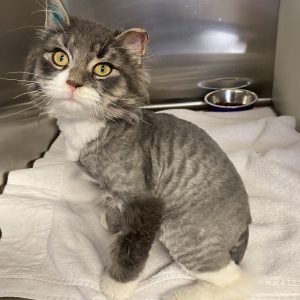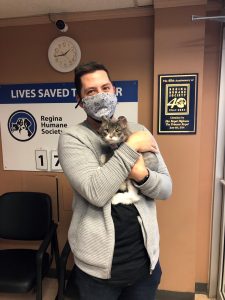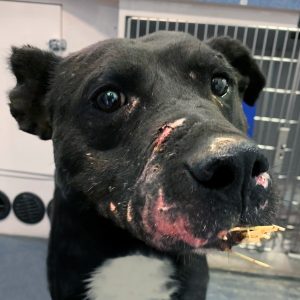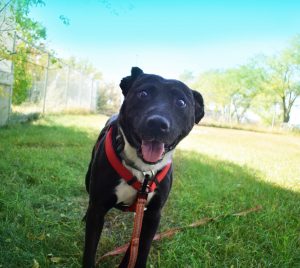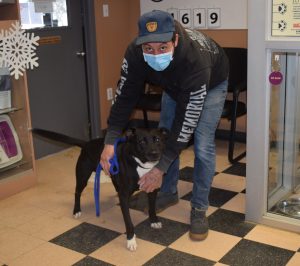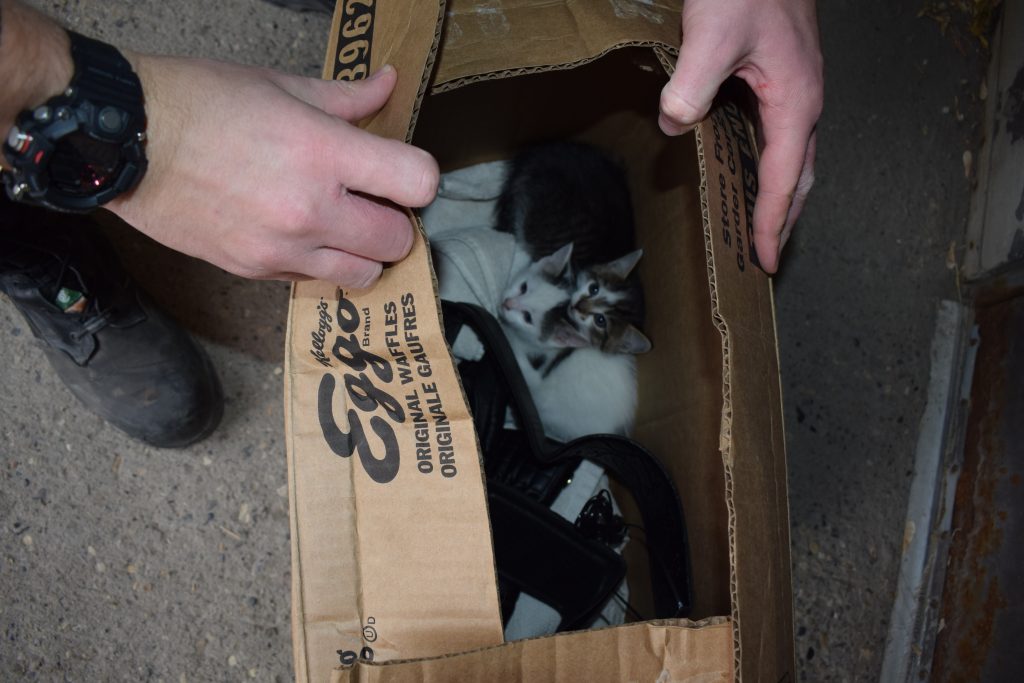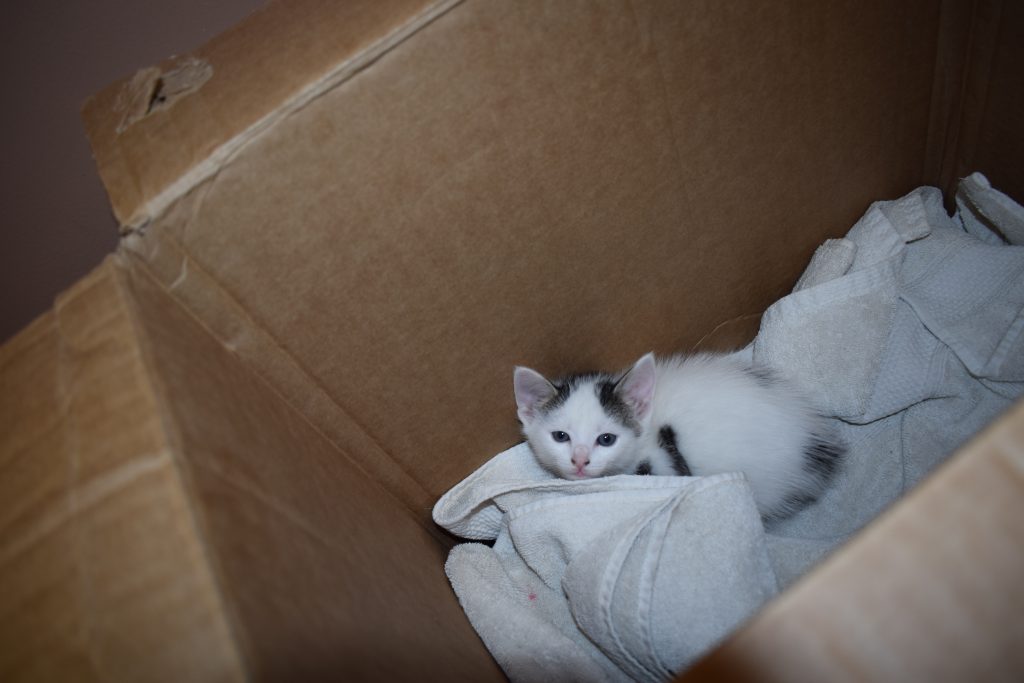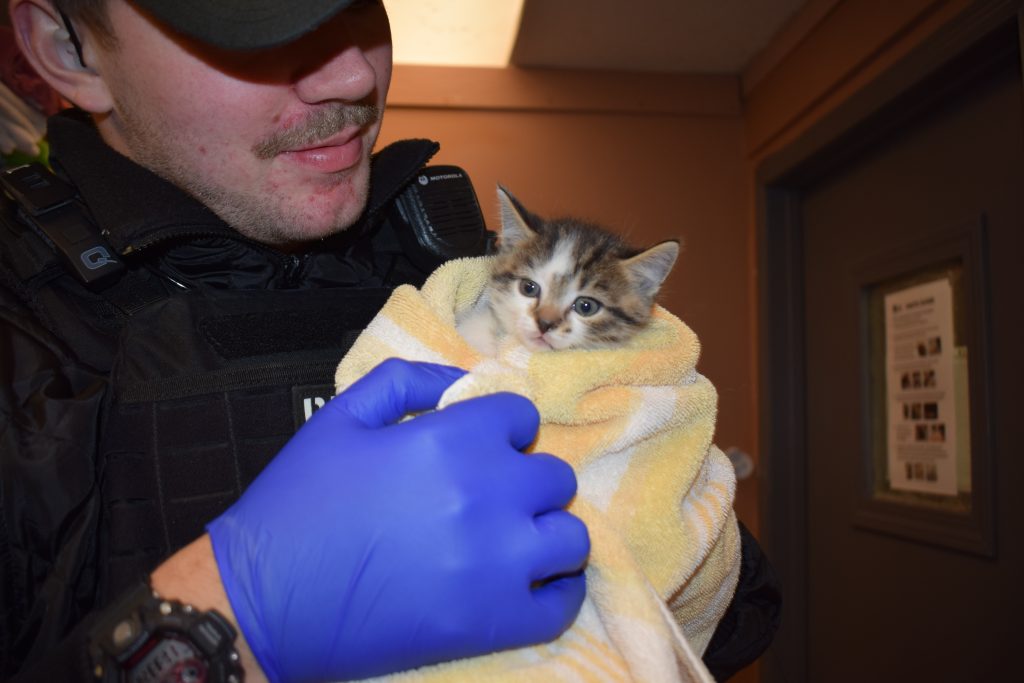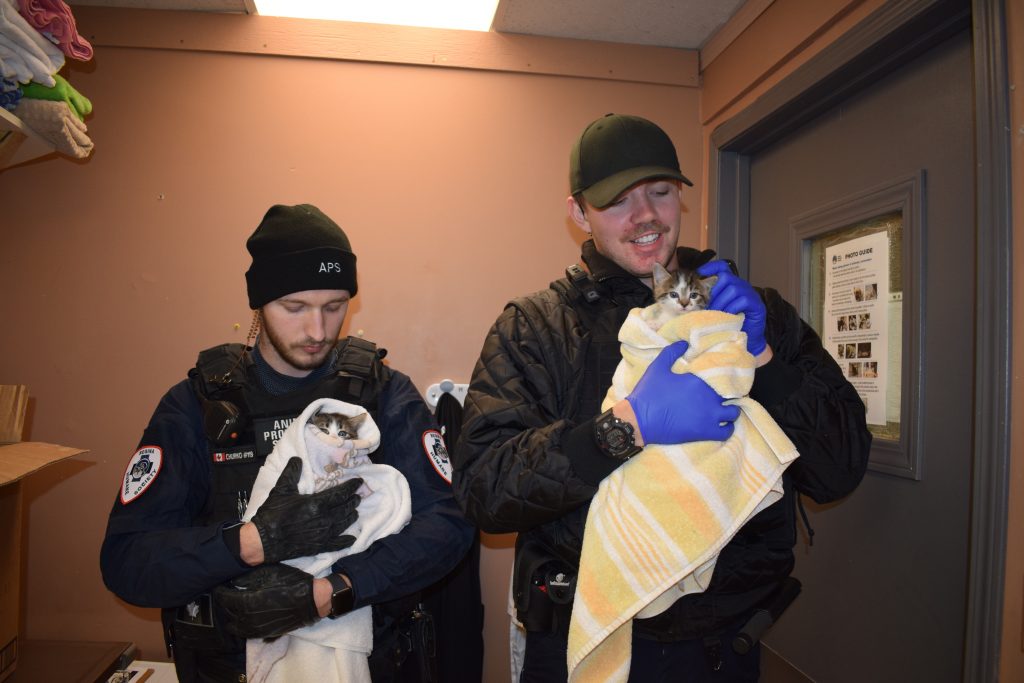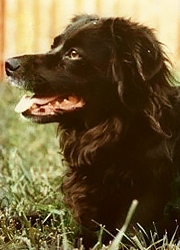While many of those looking to add a new furry family member to their clan seek the adventure that is having a kitten or puppy, many are just as happy to adopt a senior pet – and why not? Sure, they may have put on a pound or two by now (but who hasn’t?) or they may not run quite as fast as they once did, but there are so many great reasons to offer some of our older pets some love and happiness too:
More love, less work
No one can deny that a puppy has the ability to melt your heart with a single “puppy dog eyes” glance. But along with all that cuteness of tiny paws and round tummies, comes poop on the carpet, some chewed slippers and the odd chew mark on the furniture.
Puppies (and kittens) require patience, time, supervision and consistent training to become adjusted to their new life. While many people are able and willing to put in the time and effort of raising a young pet, for others, a senior pet represents a calmer, more laid-back experience. As most seniors have been living in homes for most of their lives, they usually have already learned the skills needed to be a welcome, well-adjusted and loving member of their new family. Besides being well versed in the basics of being house-trained, they may even have picked up a few tricks along the way!
Children will be children!
It’s no secret that kids love other kids – especially if the other “kid” is a puppy or kitten! But, the energetic and unpredictable nature of puppies and kittens can be a handful for young kids. This is particularly true when a young dog gains a few dozen pounds but still acts like a tiny puppy! Senior pets tend to be more mellow, calm and can make wonderful companions for your kids – or grand kids!
What you see is what you get
When you bring home a senior animal, you know exactly WHO you’re bringing home and should have very few surprises. You will know what their personality is right away, unlike with puppies and kittens, where their personalities will develop over time – and it may not be the one you counted on!
You’re a senior too!
As we grow older as humans, we may not be looking for the 15 to 20 (or more) year commitment that a young pet requires. Perhaps we see our lives as being more able to travel or spend time with the grandkids. Making the golden few years of a senior pet happy and full of love and happiness, may be the best thing ever for the both of you!
Generally, pets are considered to be senior once they have reached seven years of age. You can see all pets who are available at the RHS anytime on our website here.
